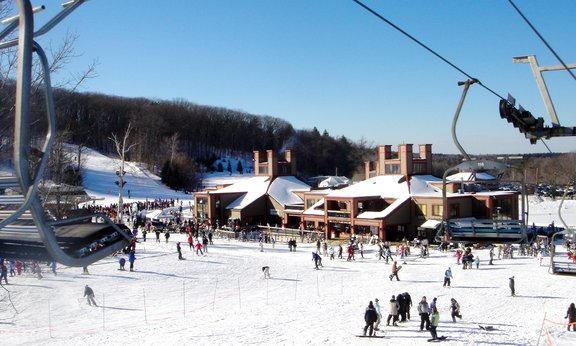
US ski industry suffered a $5 billion hit from climate change
For the first time, a study has estimated the economic damage of climate change to the ski industry. The study by the University of Innsbruck and the University of Waterloo in Canada reveals that the economic losses to the US ski industry from human-caused climate change exceeded more than US$5 billion over the last two decades.
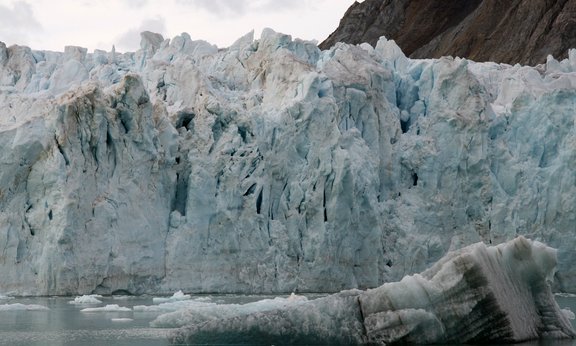
Gletscher in Gefahr: Jedes Zehntelgrad zählt
Ein internationales Forscher*innen-Team mit Beteiligung des Innsbrucker Glaziologen Fabien Maussion beschreibt im Fachmagazin Science mit bisher einzigartiger Genauigkeit das Schicksal aller Gletscher weltweit je nach Temperaturszenarien zwischen +1,5°C und +4°C Erhitzung. Aktuell steuert die Welt in Richtung +3°C, was zum Verlust von 75 Prozent der Gletscher bis 2100 führen würde. Die Forscher*innen appellieren: Jedes Zehntelgrad weniger zählt, um das Abschmelzen einzudämmen.
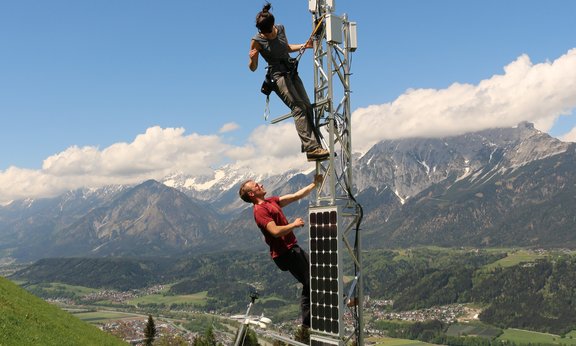
Turbulence: Decades-old theory gets a major remake
Turbulence plays an essential role in weather and climate, and correctly representing its effects in numerical models is crucial for accurate weather forecasts and climate projections. However, the theory describing the effect of turbulence has not changed since its conception in 1950s, despite the fact that it is not representative for the majority of the Earth’s land surface, especially over mountains and polar regions. The Innsbruck meteorologist Ivana Stiperski has now extended the turbulence theory to complex atmospheric conditions. The researcher thus paves the way for the first generalized turbulence theory over complex terrain.
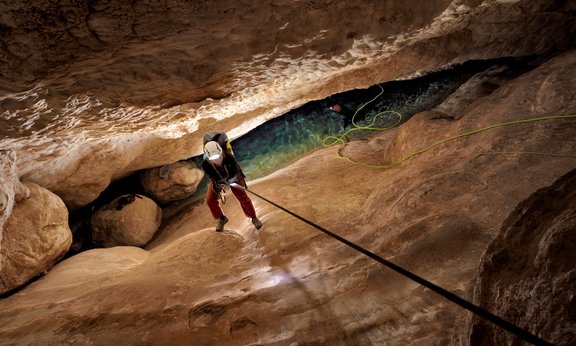
Great Basin: History of water supply in one of the driest regions in the USA
An international team including Simon Steidle from the Quaternary Research Group at the Department of Geology at the University of Innsbruck has reconstructed the evolution of groundwater in the Great Basin, USA – one of the driest regions on Earth – up to 350,000 years into the past with unprecedented accuracy. The results shed new light on the effects of climate change on water supply and provide important insights for the sustainable use of groundwater resources. The study was published in the journal Nature Communications Earth & Environment.
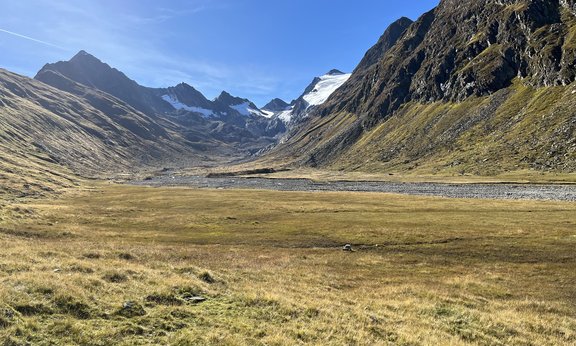
High-alpine animal species need more protected areas
Melting glaciers due to global warming caused by the climate crisis have massive consequences for biodiversity in the Alpine region, as an international team of researchers including the Innsbruck ecologist Leopold Füreder has now shown for the first time for a period between 2020 and 2100. According to the study, numerous invertebrate species are threatened with the loss of their habitats. The researchers call for the expansion of protected areas, also in glacier forelands. The study has been published in Nature Ecology & Evolution.
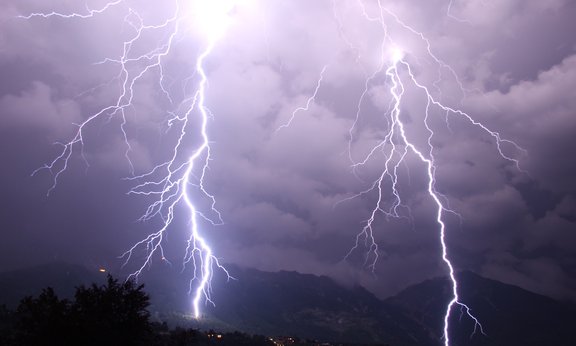
Alps: Lightning activity doubled in a few decades
In the high altitudes of the European Eastern Alps, the number of detected lightning strikes has doubled in the course of the last 40 years. Causes for this are to be found in the effects of the climate crisis. A team of Innsbruck researchers from the Departments of Geosciences, Atmospheric Sciences and Statistics has now published their findings in the journal Climate Dynamics.
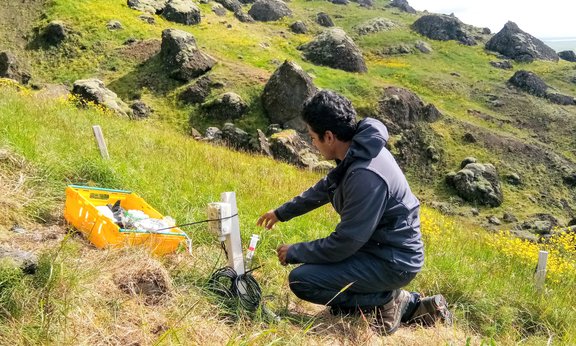
The carbon cycle is speeding up
Soil is the largest natural carbon storage in the world. In Northern ecosystems particularly large amounts of carbon are stored, but they are also particularly strongly affected by global warming. A recently published study by an international team led by Michael Bahn of the University of Innsbruck investigated how ongoing warming affects the uptake and release of carbon dioxide in subarctic grassland. The researchers used a geothermally active area in Iceland as a natural „climate chamber”.
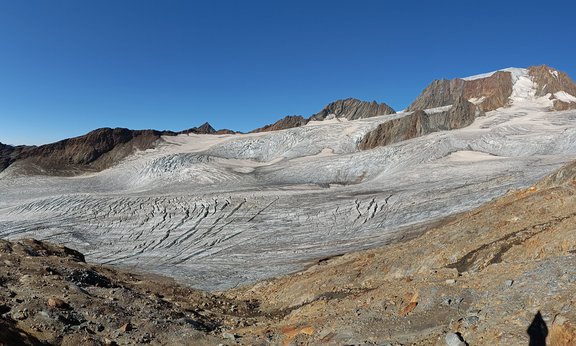
Glacier Loss Day indicates record breaking glacier melt
In the summer of 2022, one of Tyrol's largest glaciers experienced its most significant loss of mass on record. Last year, the Hintereisferner in Tyrol, Austria, reached its Glacier Loss Day (GLD) earlier than ever before. The GLD serves as an indicator of a glacier's health throughout the year, similar to how the Earth Overshoot Day measures Earth's resource consumption. Annelies Voordendag, together with a team of glaciologists at the Department for Atmospheric and Cryospheric Sciences at the University of Innsbruck, employs cutting-edge laser scanning techniques to determine the GLD.
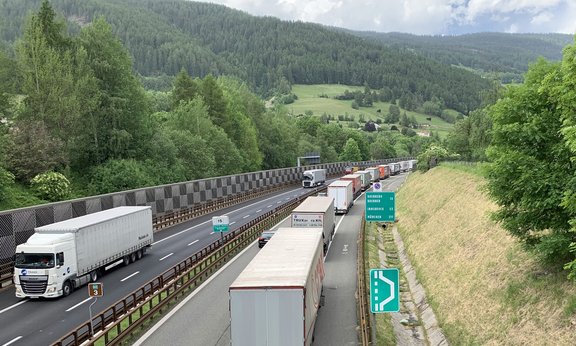
Cross-alpine transit protests
When the large highways crossing the Austrian and Swiss Alps were built, citizens’ movements protesting the transalpine traffic started to form in both countries from the 1970s onwards. They found common ground in blaming EU policy but overall employed distinct methods, also with varying success, and never really joined forces. In a recent project, historians in Innsbruck, Basel and Munich made these two environmental initiatives the subject of their comparative research.
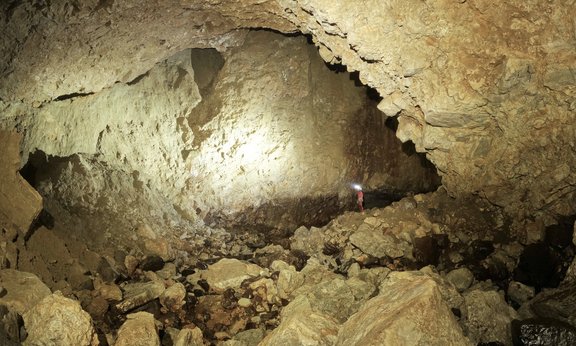
El Niño's Changing Patterns: Human Influence on Natural Variability
Two recent scientific studies led by Dr. Paul Wilcox from the Department of Geology at the University of Innsbruck provide new insights into Earth's climate dynamics, with a particular focus on the El Niño phenomenon. The results show how El Niño responds to natural factors over extended periods, while highlighting the increasing role of human activities in shaping this climatic phenomenon in the modern era.
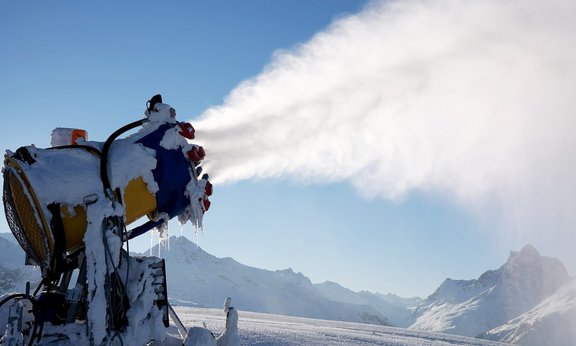
Sustainability of artificial snow on ski-slopes
Researchers from the Universities of Innsbruck and Waterloo have studied the environmental impact of artificial snowmaking and its effect on the sustainability of ski tourism with Canada as an example. High water and energy consumption and the associated CO2 emissions are a burden on the environmental balance sheet; energy from renewable sources can make winter sports considerably more sustainable.
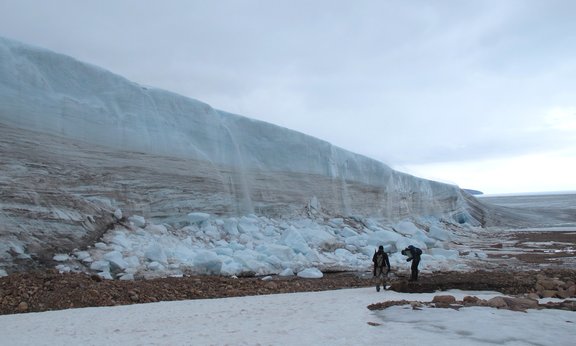
Ice cliffs as an early warning system for the climate
It is rare to find glaciers bounded on land by vertical ice cliffs. These ice cliffs respond with particular sensitivity to environmental changes. Research teams from Tyrol and Styria are investigating ice formations at a site in the far north of Greenland. The researchers intend to draw conclusions about the development of the Arctic climate based on the changes in the glacier walls.
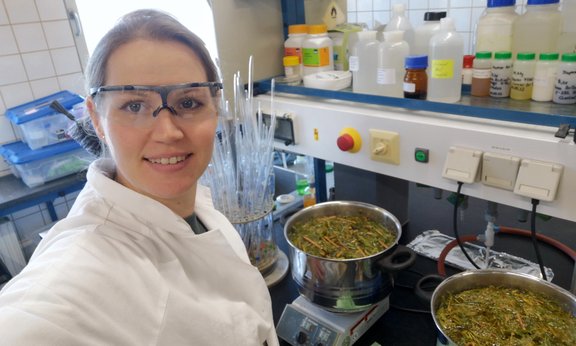
Printing inks made from plants
On the path to a circular economy, Judith Deriu is developing natural color pigments from plants and uses them to make sustainable printing inks for industry in the laboratory at the Research Institute of Textile Chemistry and Textile Physics in Dornbirn.
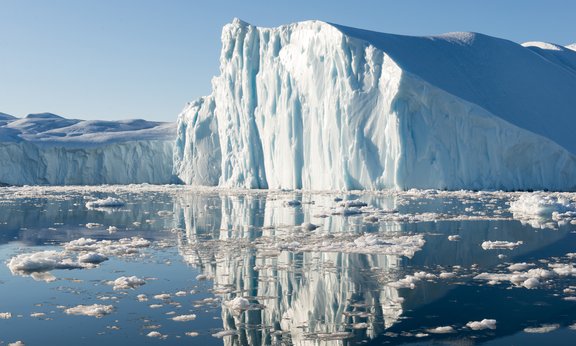
Iodic acid replaces ammonia in aerosol formation
Iodine from the world's oceans forms iodine oxoacids, which can accelerate the formation of sulfuric acid particles in the atmosphere by a factor of 10,000. This was discovered by scientists of the CLOUD experiment with the participation of the University of Innsbruck. The increasing iodine emissions have an impact on the climate that is still under-estimated in current models.
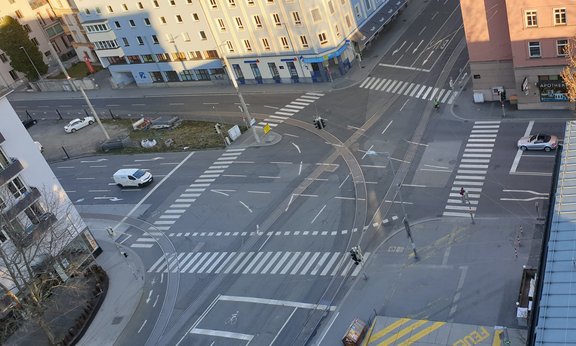
Significant decline of CO2 emissions in Innsbruck
Air monitoring measurements at the University of Innsbruck's atmospheric observatory show that carbon dioxide emissions in western Austria have fallen by around 20 percent since 2018. Emissions are therefore well below the levels predicted by various models. Observational data is becoming increasingly important for assessing greenhouse gas budgets.
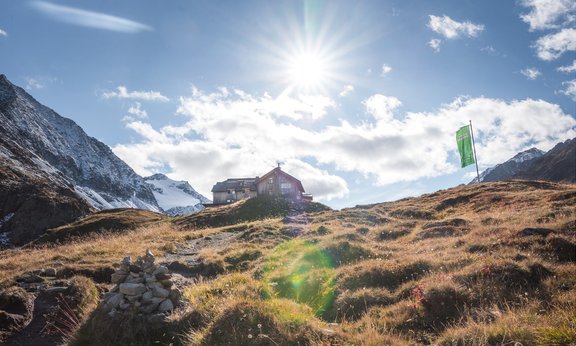
Alpine sustainability at mountain huts: project successfully completed
The Munich Section of the German Alpine Club and the Department of Geography at the University of Innsbruck have successfully completed their project "Alpine Sustainability at Huts - ANAH", which lasted a total of almost two and a half years. This was the first time that the interrelationships of various factors in the management of alpine bases were scientifically investigated with methods for measuring the indicators. The results were presented at a press conference in Munich. Human geographer Jutta Kister is leading the project at the University of Innsbruck.
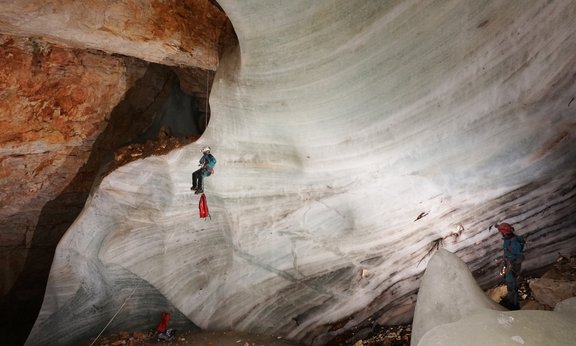
Climate change threatens ice caves in Austria
Eight ice caves in four Austrian federal states: A team of geologists from the University of Innsbruck has comprehensively documented the loss and gain of ice in Alpine ice caves over the last 2000 years for the first time. The geologist Tanguy Racine warns: The ice of smaller caves especially is in danger of disappearing in the near future and with it a valuable climate archive. The study was published in the journal Scientific Reports.
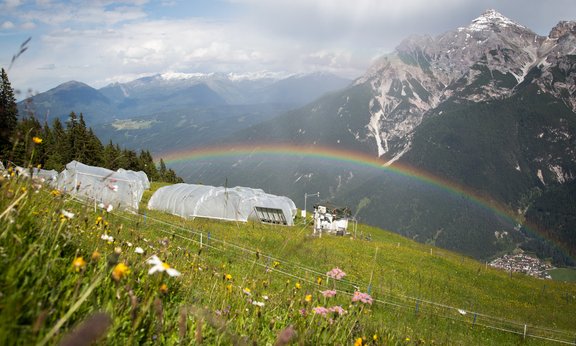
Studies showcase long-term effects of drought
With the effects of climate change underway, drought is becoming an increasing problem in many parts of the world. Michael Bahn, researcher from the Department of Ecology at the University of Innsbruck, was involved in several studies on the impact of drought on ecosystems. These give insight into the complex processes and highlight the importance of biodiversity in enabling natural systems to resist drought.
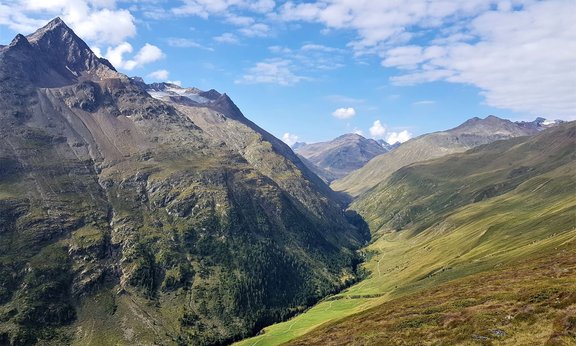
Climate Crisis Threatens Alpine Ecosystems
Mountains are particularly affected by climate change: they are warming faster than the lowlands. As the temperature rises, the snow cover is reduced and dwarf shrubs are spreading to higher altitudes - with a strong impact on the seasonal processes of sensitive Alpine ecosystems. This is shown by a new study involving Innsbruck ecologist Michael Bahn, who has carried out field studies over several years in the rear Ötztal valley in Tyrol.

Natalia Piórecka wins New European Bauhaus Prize
Natalia Piórecka, Senior Scientist at Integrative Design / Extremes at the Institute of Experimental Architecture at the University of Innsbruck, has been awarded the prestigious New European Bauhaus Prize for her project UrbanMYCOskin.
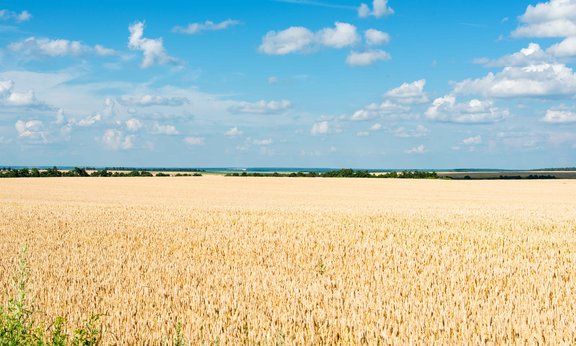
Biodiversity: climate to become main driver
The most comprehensive look to date into the past and future of global biodiversity is provided by a recent study in the journal Science: intensive land use reduced biodiversity by up to around 10 per cent over the course of the 20th century. By 2050, the climate crisis could become the main driver of further biodiversity loss alongside land use. Lauren Talluto from the Department of Ecology at the University of Innsbruck is part of the international team of authors.
